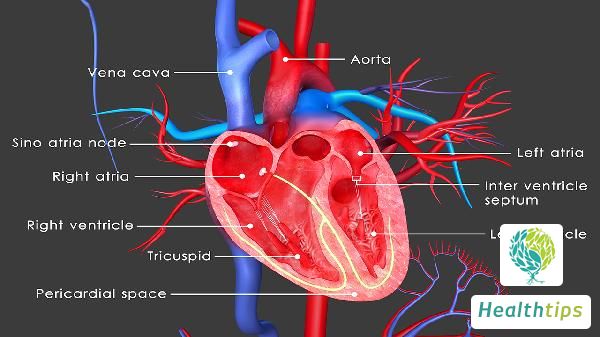What Are the Reasons for Elevated Immunoglobulin A?
Immunoglobulins can be classified into secretory and serum types. Secretory immunoglobulins are mainly found in breast milk, saliva, nasal secretions, as well as secretions from the gastrointestinal tract and trachea. When inflammation or tumors occur in these areas, it can lead to an increase in the corresponding immunoglobulin A levels. Elevated serum immunoglobulin A levels should raise concerns about potential conditions such as systemic lupus erythematosus and kidney diseases. Let's explore this further.

Immunoglobulins are a group of proteins with antibody activity found in gamma globulin, including immunoglobulin G, immunoglobulin A, immunoglobulin M, immunoglobulin D, and immunoglobulin E. Clinically, the first three types are primarily measured. Under normal conditions, these antibodies do not affect human tissues. However, under pathological conditions, when normal tissues undergo changes that form antigenic properties, the body produces corresponding antibodies to bind with them. Many diseases, especially immunological ones, often involve changes in immunoglobulin levels. For instance, immunodeficiency diseases can be associated with decreased levels in serum, while autoimmune diseases like lupus erythematosus and rheumatoid arthritis can result in elevated immunoglobulin levels. Elevated immunoglobulin levels can also occur in certain infectious diseases. Therefore, immunoglobulin measurements are nonspecific tests that indicate the status of humoral immune function but cannot specifically diagnose a disease. Immunoglobulin A is mainly found in mucosal cells such as the respiratory tract, digestive tract, eyes, nose, and mouth, and serves a defensive role. Elevated immunoglobulin A levels may suggest recent respiratory, digestive, or sensory organ infections but indicate a certain degree of immunity.
Immunoglobulins are proteins with antibody activity present in blood and bodily fluids. They are primarily categorized into five types: IgA, IgG, IgE, IgM, and IgD. Their main functions include antiviral, antibacterial, and antitoxin activities. When bacteria or viruses invade the body, immunoglobulins, as antibodies, can specifically bind to the corresponding antigens, clearing bacteria and toxins and protecting the body. The three immunoglobulins commonly referred to are IgA, IgM, and IgG among the five types mentioned above. The detection of these three immunoglobulins can be used as a method to measure immunoglobulin levels in serum. The detection of these three immunoglobulins is currently a relatively simple and effective method for assessing humoral immune function in clinical practice.



















